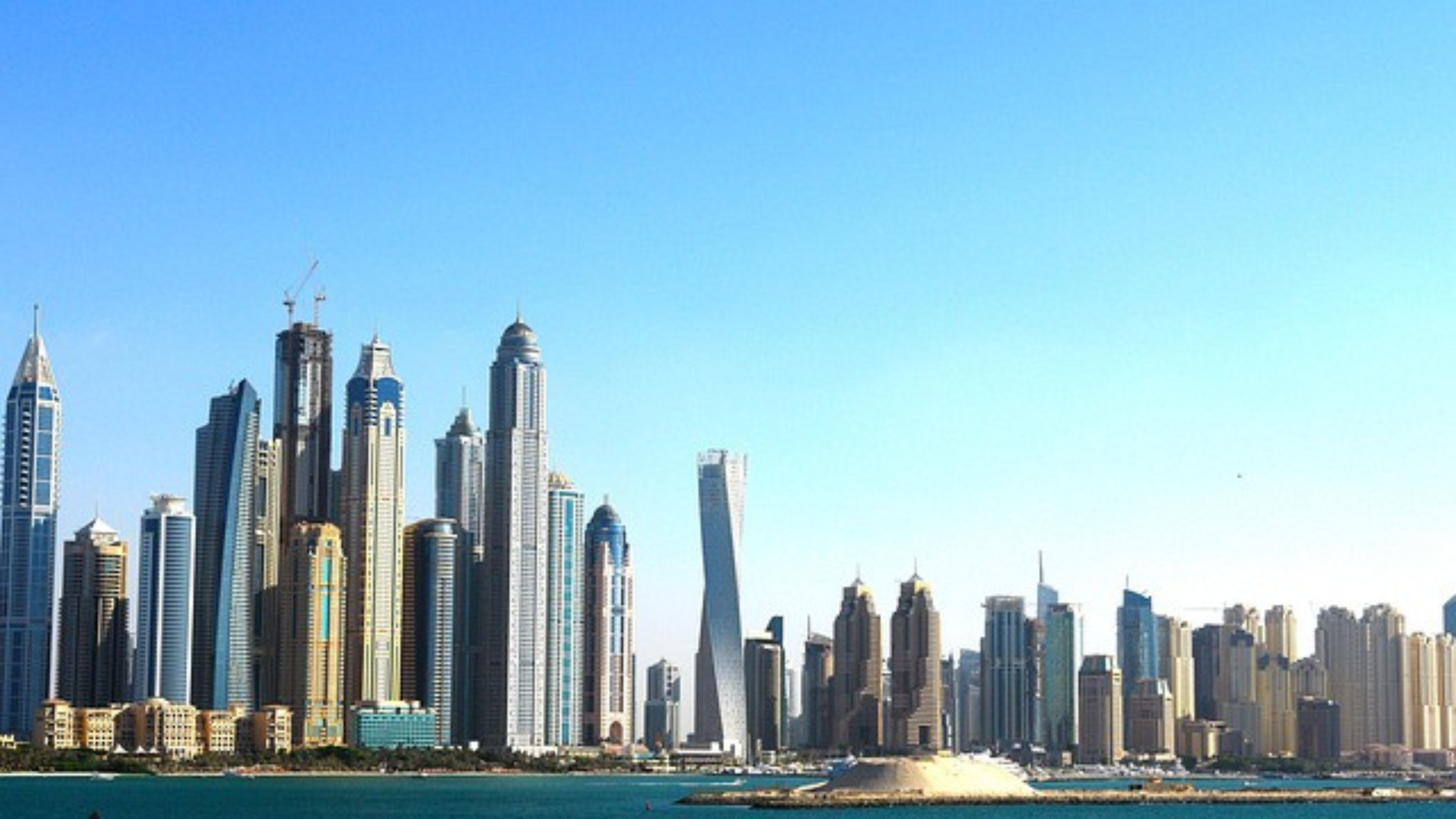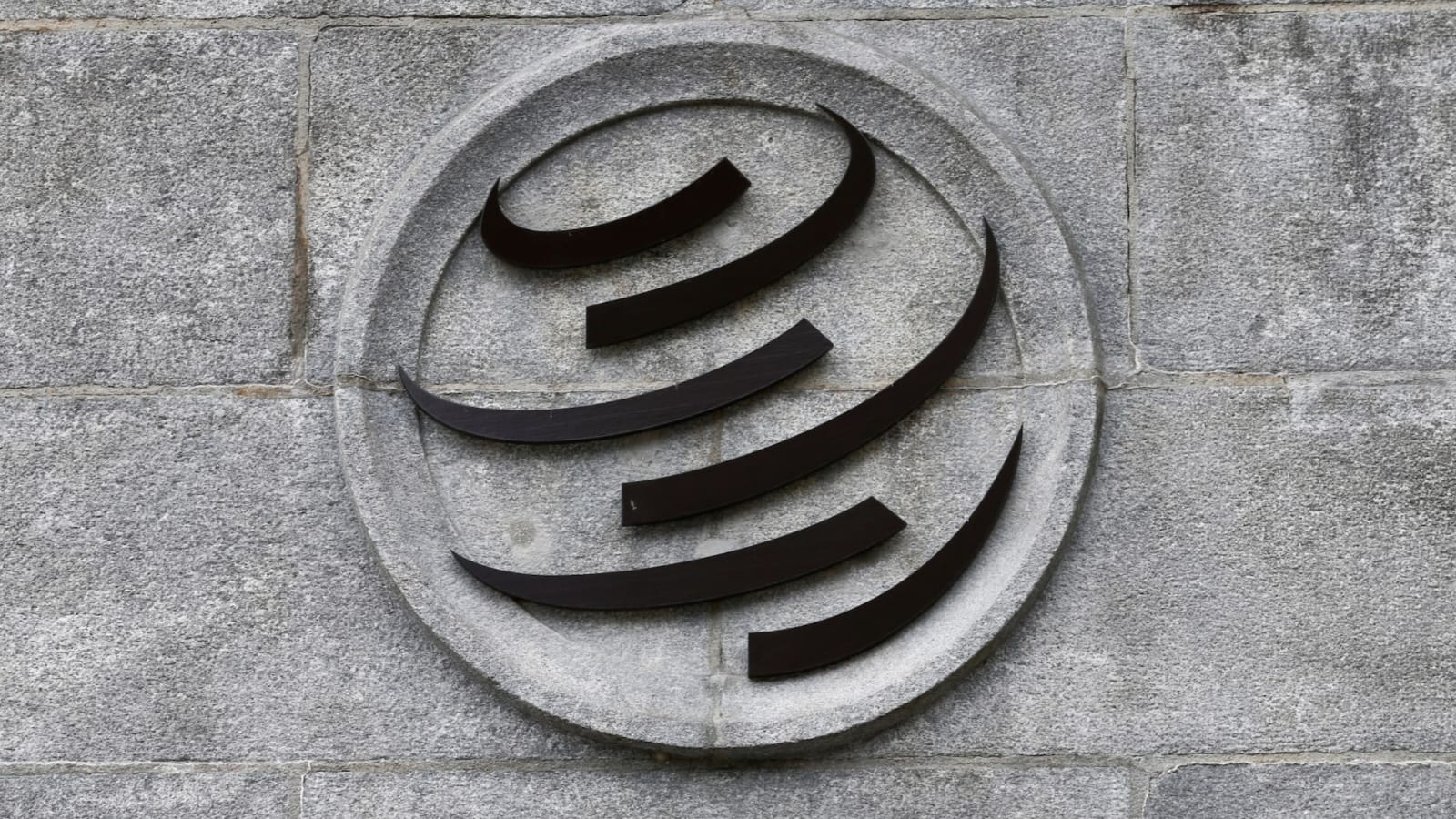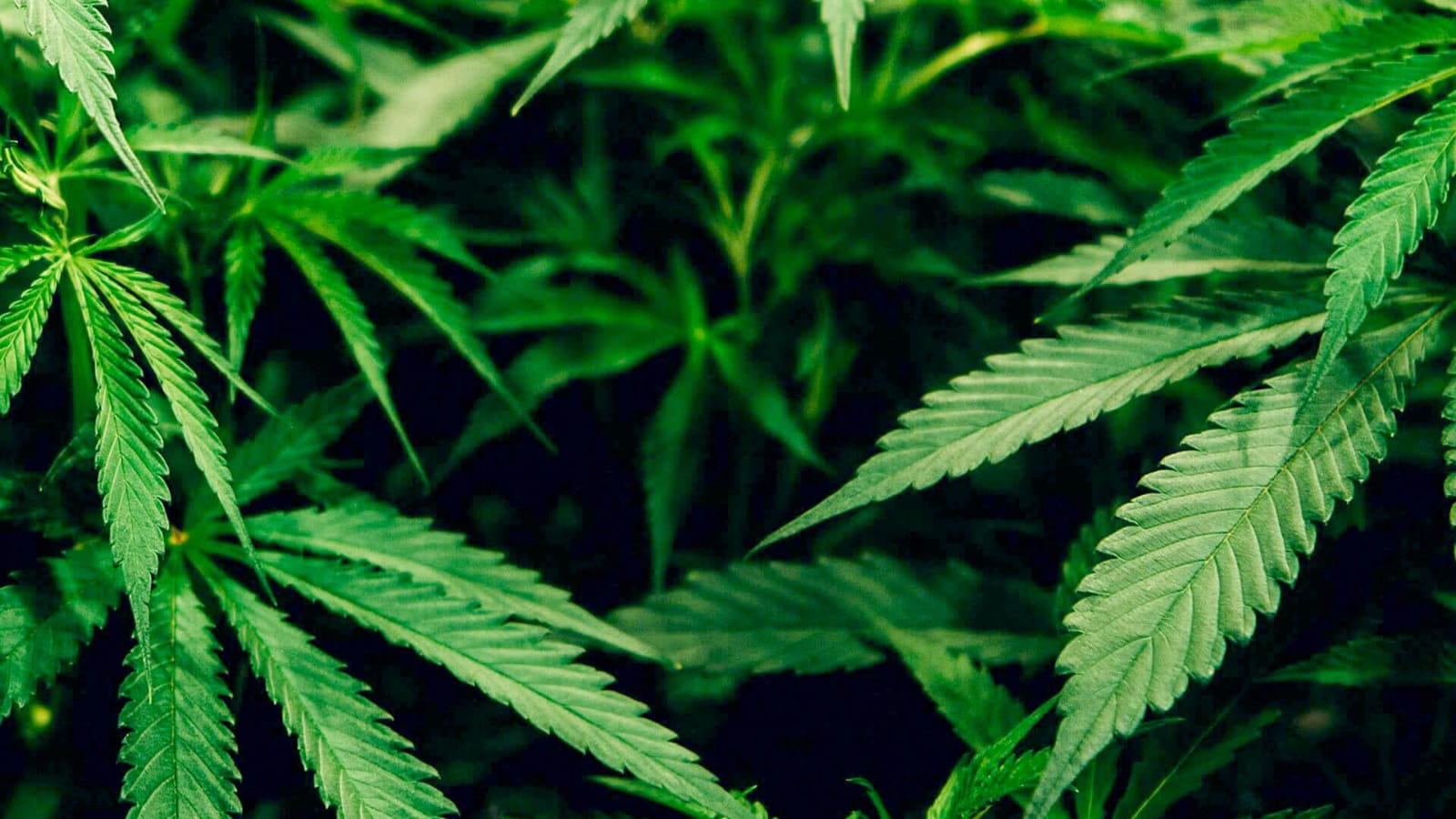Saudi Arabia’s Updated GDP Highlights Non-Oil Sector Growth

In a pivotal move for Saudi Arabia’s economic future, the Kingdom has released an updated set of GDP data, marking a critical turning point in its economic diversification efforts. This new update, announced by Faisal Al-Ibrahim, Minister of Economy and Planning and Chairman of the General Authority for Statistics (GASTAT), reflects a more accurate, transparent, and comprehensive picture of the country’s economic progress. It underscores the growing role of non-oil sectors in the Kingdom’s economy, which is in line with Saudi Arabia’s ambitious Vision 2030 plan. This updated GDP data is a reflection of the country’s ongoing transformation and its journey toward reducing dependency on oil while embracing the rise of new industries.
The Importance of Accurate Economic Data for Saudi Arabia’s Future
The updated GDP figures offer an enhanced understanding of Saudi Arabia’s economy, providing essential insights into both traditional and emerging sectors. GASTAT’s comprehensive revision reflects international best practices, ensuring greater transparency and precision in the national economic data. It allows for a more nuanced understanding of key sectors such as fintech, logistics, entertainment, and sports. These sectors have become increasingly vital to the Kingdom’s long-term growth, representing the core of the diversification effort under Vision 2030.
Faisal Al-Ibrahim emphasized that the updated figures will guide critical policy and investment decisions. The revised data captures the momentum of Saudi Arabia’s economic transformation, highlighting the growing role of non-oil activities and their impact on the country’s GDP. It’s not just about better measurement; it’s about making more informed decisions that will shape the future of the Saudi economy.
Non-Oil Sectors Play a Key Role in Saudi Economic Growth
The most striking takeaway from the updated GDP data is the significant growth of non-oil sectors. Non-oil activities now account for 53.2% of Saudi Arabia’s GDP, representing a substantial 5.7 percentage point increase from previous estimates. This remarkable shift highlights the Kingdom’s efforts to diversify its economy, moving away from its historical reliance on oil revenues.
In the first quarter of 2025 alone, non-oil activities grew by 4.2%, signaling the increasing vitality of sectors such as construction, hospitality, and logistics. These sectors have witnessed substantial investment and development, driving the Kingdom’s economic growth while creating new jobs and opportunities for its population. The growth in these non-oil sectors represents a success story for Saudi Arabia’s long-term economic planning and Vision 2030.
Key Sectors Witnessing Strong Growth in Saudi Arabia
One of the standout sectors in the updated GDP data is construction, which recorded an impressive growth of 61%. This surge is largely driven by the ongoing infrastructure projects that are a cornerstone of Saudi Arabia’s Vision 2030. Projects like the NEOM city initiative, a $500 billion development project, are setting the stage for the country’s future and showcasing its commitment to creating world-class infrastructure.
In addition to construction, sectors such as wholesale and retail trade, restaurants, and hotels have also posted strong growth. The sector grew by 29.8%, reflecting increased domestic consumption and the rise of tourism, both key goals under Vision 2030. Saudi Arabia is making significant strides in positioning itself as a global tourist destination, with investments in entertainment, culture, and hospitality playing a central role in this strategy.
Transportation, storage, and communications also recorded a substantial growth of 25.6%. The expansion of transportation networks, particularly in major cities like Riyadh and Jeddah, alongside significant investments in the country’s digital infrastructure, have contributed to this impressive rise. These improvements help position Saudi Arabia as a global logistics hub and support its competitiveness in the global economy.
Vision 2030: Driving Economic Transformation and Diversification
Saudi Arabia’s Vision 2030 serves as the guiding framework for the country’s economic transformation. The initiative seeks to diversify the economy, reduce the Kingdom’s reliance on oil exports, and encourage the private sector’s participation in economic growth. The updated GDP data is a reflection of the progress made under Vision 2030, as it shows the growing importance of non-oil sectors such as tourism, technology, and renewable energy.
One of the key elements of Vision 2030 is fostering a more diversified economy that is less vulnerable to fluctuations in oil prices. By investing in new sectors like technology, entertainment, and renewable energy, Saudi Arabia aims to create a more sustainable economic model. The updated GDP data is a step in this direction, showcasing the Kingdom’s progress and the increasing importance of these non-oil industries.
Strategic Projects and Reforms Underpin Economic Growth
The growth of non-oil sectors can also be attributed to Saudi Arabia’s strategic projects and structural reforms. Large-scale initiatives such as the construction of smart cities, including NEOM, and the expansion of the country’s entertainment and tourism sectors have attracted substantial investment. These projects are not only creating jobs but are also positioning Saudi Arabia as a global leader in innovation and sustainability.
In addition to these mega-projects, Saudi Arabia has introduced a series of economic reforms to enhance its business environment. These include measures to reduce bureaucratic red tape, improve access to financing for small and medium-sized enterprises (SMEs), and create a more open and competitive marketplace. These reforms are designed to make Saudi Arabia a more attractive destination for foreign investments while stimulating domestic innovation and entrepreneurship.
Furthermore, the Kingdom’s efforts to modernize its legal and regulatory frameworks are also paying off. The introduction of new laws aimed at protecting intellectual property, supporting entrepreneurship, and encouraging foreign direct investment (FDI) has made the country a more attractive place for business. These changes are helping to ensure that Saudi Arabia remains competitive in the global economy and continues to attract investment from international businesses.
Positive Economic Outlook for Saudi Arabia’s Future
The updated GDP data presents a positive outlook for Saudi Arabia’s future. The continued growth of non-oil sectors, the success of Vision 2030 initiatives, and the country’s ongoing structural reforms suggest that the Kingdom is well on its way to achieving its economic goals. With non-oil sectors now contributing more than half of the GDP, Saudi Arabia is demonstrating its ability to diversify its economy and reduce its dependence on oil.
The ongoing investment in key sectors such as technology, tourism, and renewable energy, combined with the growth of the private sector, provides a solid foundation for future economic prosperity. As the Kingdom continues to implement Vision 2030, it will likely see further growth in these emerging industries, which will further reduce its reliance on oil and help build a more sustainable, diversified economy.
The Role of Innovation in Saudi Arabia’s Economic Transformation
At the heart of Saudi Arabia’s economic transformation is innovation. The Kingdom is making significant strides in becoming a global hub for technology and innovation. Through initiatives like the King Abdulaziz City for Science and Technology (KACST) and the Saudi Arabian General Investment Authority (SAGIA), Saudi Arabia is investing heavily in research and development (R&D) to spur innovation in sectors such as artificial intelligence (AI), robotics, and clean energy.
Saudi Arabia is also making strides in creating a startup ecosystem that supports innovation. Programs such as the Misk Foundation and the Saudi Arabian Business Center are designed to help entrepreneurs turn their ideas into successful businesses. By investing in innovation and entrepreneurship, Saudi Arabia aims to foster a culture of creativity and problem-solving that will drive the economy forward.
Looking Ahead: The Future of Saudi Arabia’s Economy
As Saudi Arabia continues to implement its Vision 2030 reforms and diversifies its economy, the future looks bright. The Kingdom’s updated GDP data is a clear indication that the country is making significant progress in reducing its reliance on oil, expanding non-oil sectors, and positioning itself as a leader in innovation and sustainability. With continued investments in infrastructure, technology, and the private sector, Saudi Arabia is on track to achieve its ambitious economic goals.
The updated GDP figures also highlight the Kingdom’s growing competitiveness in the global economy. As the country continues to attract foreign investments and develop key sectors, it is becoming an increasingly important player on the global stage. Whether through its strategic mega-projects or its efforts to foster innovation, Saudi Arabia is well-positioned to navigate the challenges of the future and emerge as a global leader in the post-oil world.
Saudi Arabia’s Global Economic Competitiveness
Saudi Arabia’s updated GDP data offers a more accurate and transparent picture of its economic transformation. The growth of non-oil sectors and the country’s ongoing structural reforms under Vision 2030 are key drivers of this transformation. With continued investment in key sectors such as technology, infrastructure, and tourism, Saudi Arabia is on track to become a global economic powerhouse. The updated data not only highlights the Kingdom’s progress but also provides policymakers with the insights needed to guide future economic decisions.








1 Comment
[…] part of Vision 2030, Saudi Arabia has prioritized reducing its dependence on oil and fostering growth in other sectors, notably […]
Comments are closed.